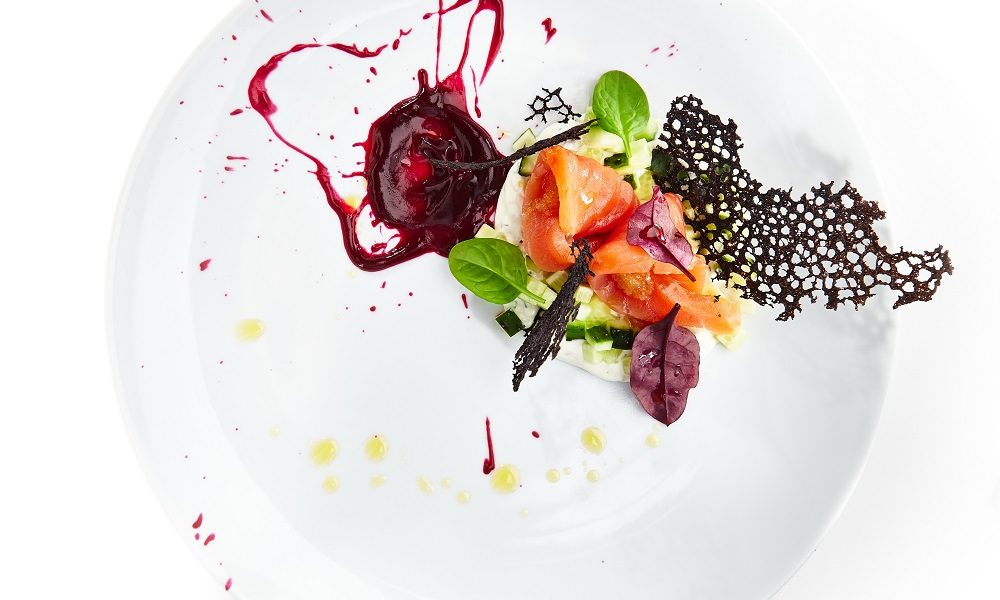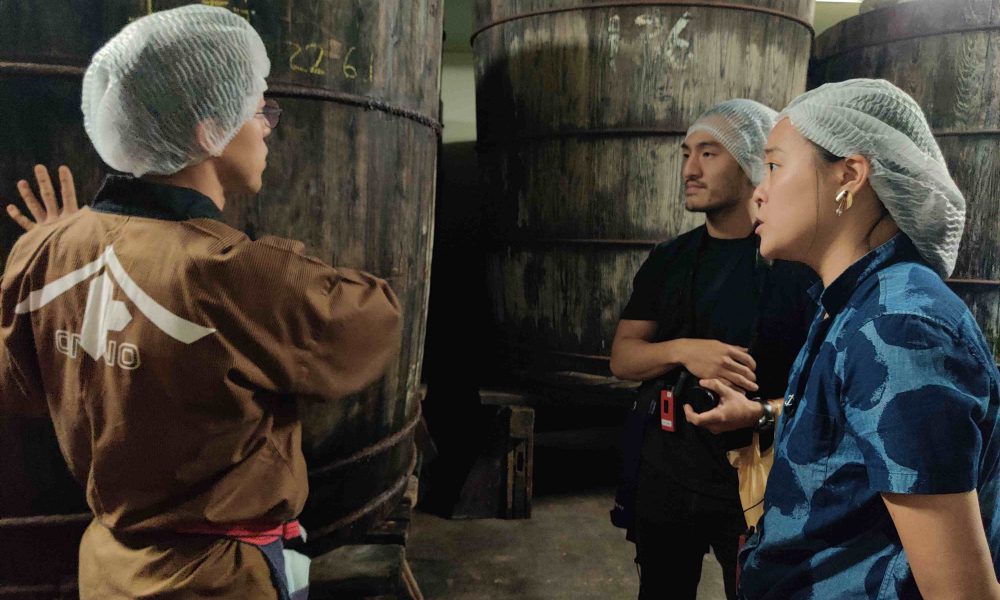As modern cuisine continues to evolve, chefs and home cooks alike are rediscovering the value of traditional and rare ingredients that have been forgotten over time. These ingredients include ancient grains, heirloom vegetables, wild meats, and foraged plants that were once staples in local diets but have since been replaced by more convenient and mass-produced options.
The Importance of Reviving Traditional and Rare Ingredients

There are several reasons why reviving traditional and rare ingredients is important. Firstly, these ingredients often have unique flavors and textures that cannot be replicated by modern counterparts. For example, heirloom tomatoes have a more intense and complex flavor compared to their hybrid counterparts.
Secondly, traditional and rare ingredients are often more nutritious than their modern counterparts. Many ancient grains, such as quinoa and amaranth, are high in protein and fiber, making them a great addition to a balanced diet.
Thirdly, reviving these ingredients helps preserve cultural heritage and biodiversity. By utilizing traditional and rare ingredients in modern cuisine, we can keep the knowledge and practices of our ancestors alive and protect the natural diversity of our food system.
How to Use Traditional and Rare Ingredients in Modern Cuisine
Using traditional and rare ingredients in modern cuisine requires a bit of creativity and experimentation. Here are some tips for incorporating these ingredients into your cooking:
- Research and learn about traditional and rare ingredients. Look for recipes and cooking techniques that make the most of their unique qualities.
- Shop at farmers’ markets and specialty stores to find these ingredients. You can also consider growing some of these ingredients yourself if you have the space and resources.
- Be open to trying new things and experimenting with different flavor combinations.
- Start with small quantities and work your way up as you become more comfortable with using these ingredients.
Examples of Traditional and Rare Ingredients

Here are some examples of traditional and rare ingredients that are making a comeback in modern cuisine:
- Ancient grains such as quinoa, amaranth, and spelt
- Heirloom vegetables such as tomatoes, carrots, and potatoes
- Wild meats such as venison, bison, and elk
- Foraged plants such as ramps, morels, and fiddleheads
- Herbs and spices such as turmeric, za’atar, and sumac
By incorporating these ingredients into your cooking, you can add new dimensions of flavor, nutrition, and cultural heritage to your meals. Not only are you supporting small-scale farmers and local food systems, but you are also helping to preserve the biodiversity of our food system.
Conclusion
Reviving traditional and rare ingredients in modern cuisine is a trend that is gaining momentum as people become more aware of the benefits of these ingredients. By incorporating these ingredients into our cooking, we can add new flavors, textures, and nutrients to our meals while preserving cultural heritage and biodiversity. So why not give it a try and see what delicious creations you can come up with?






